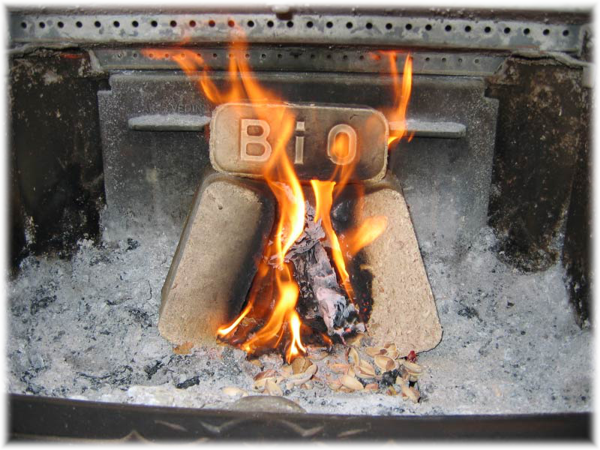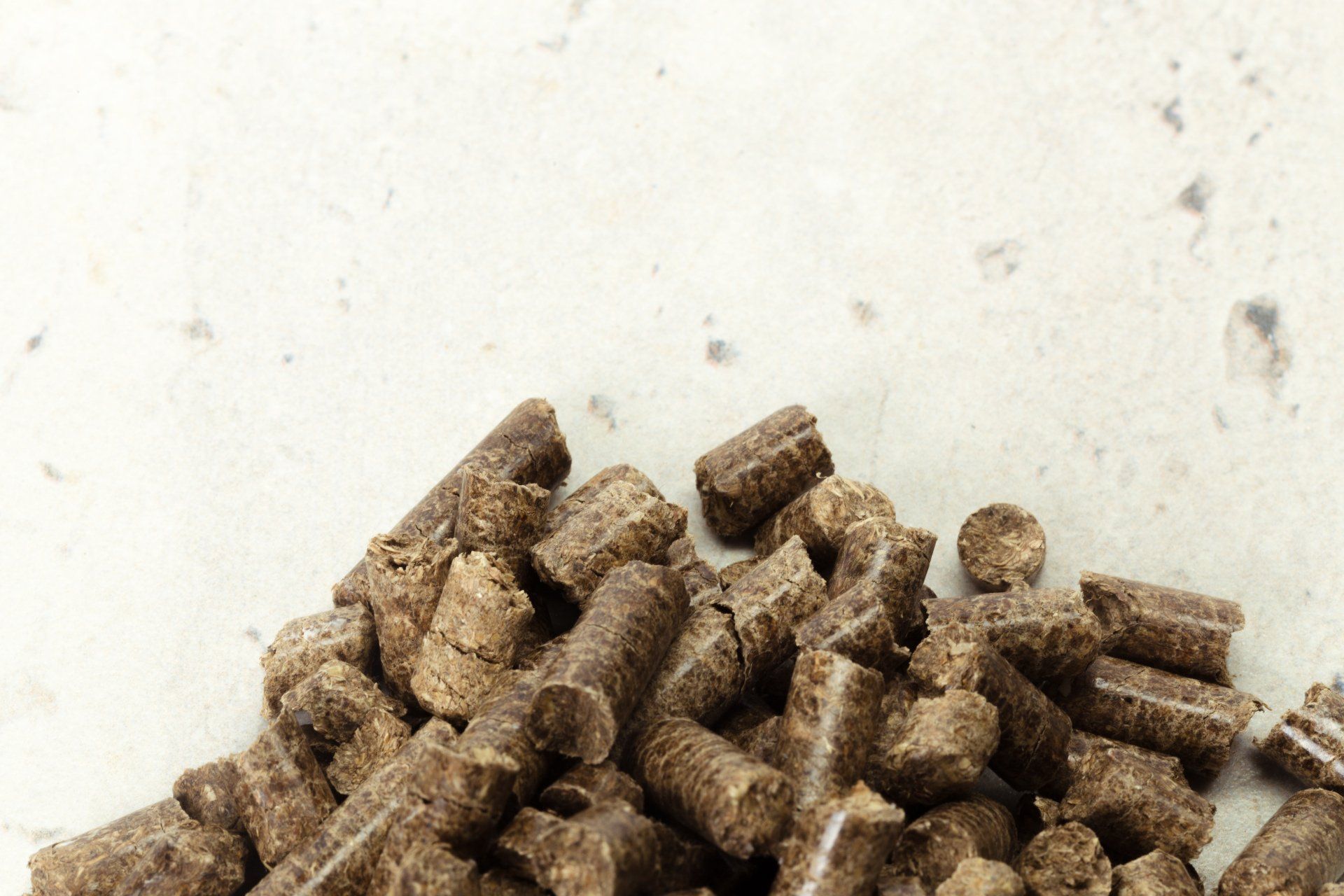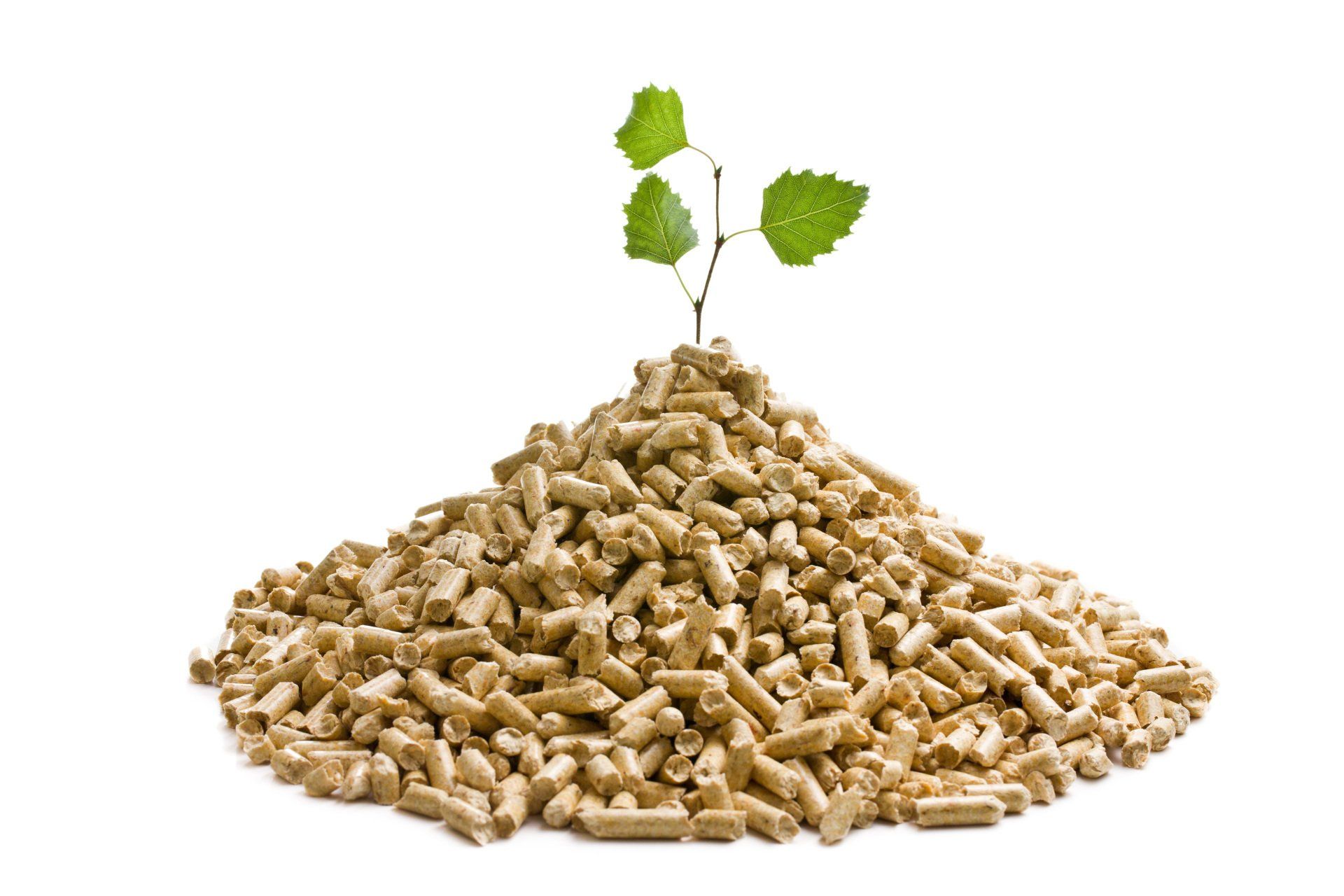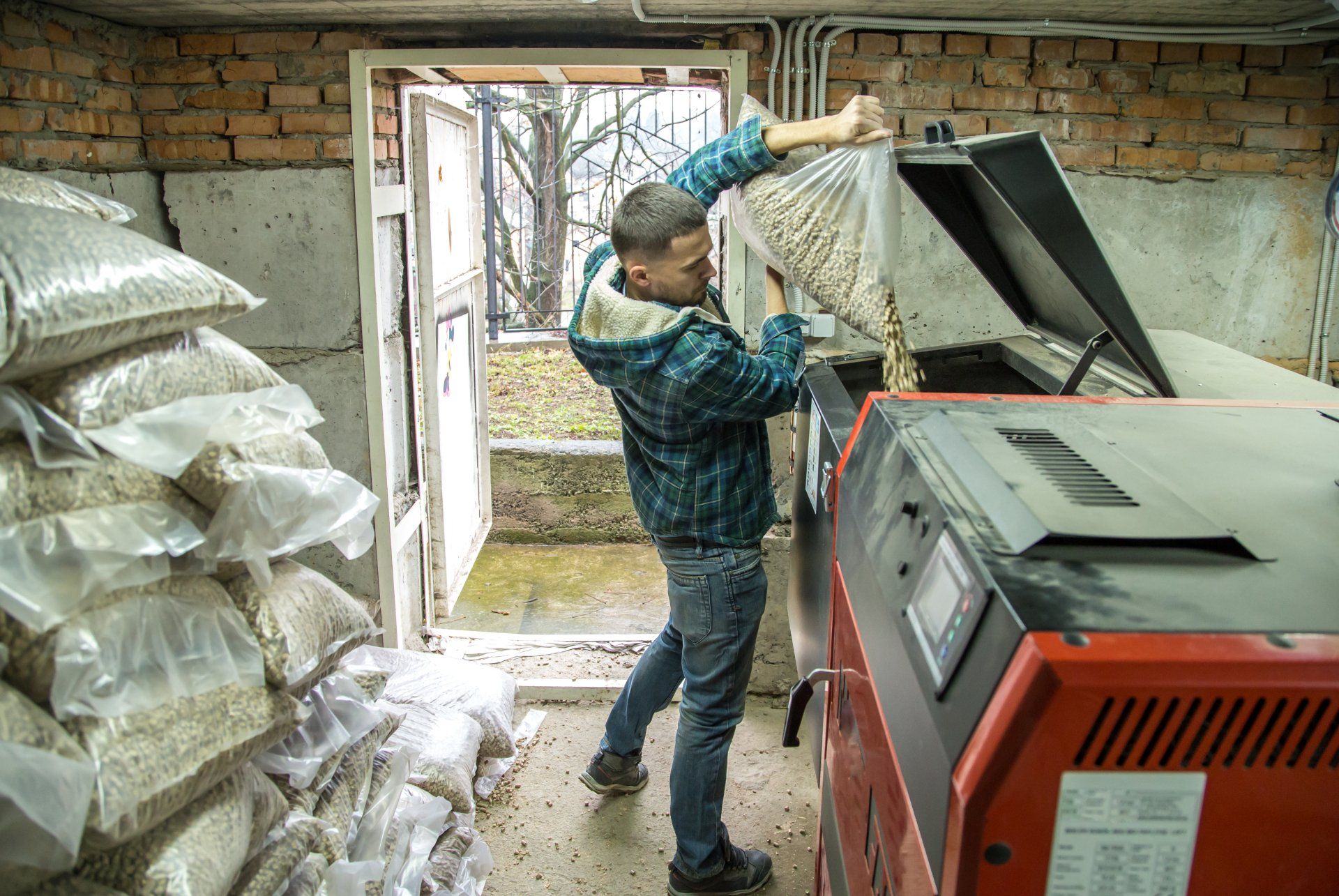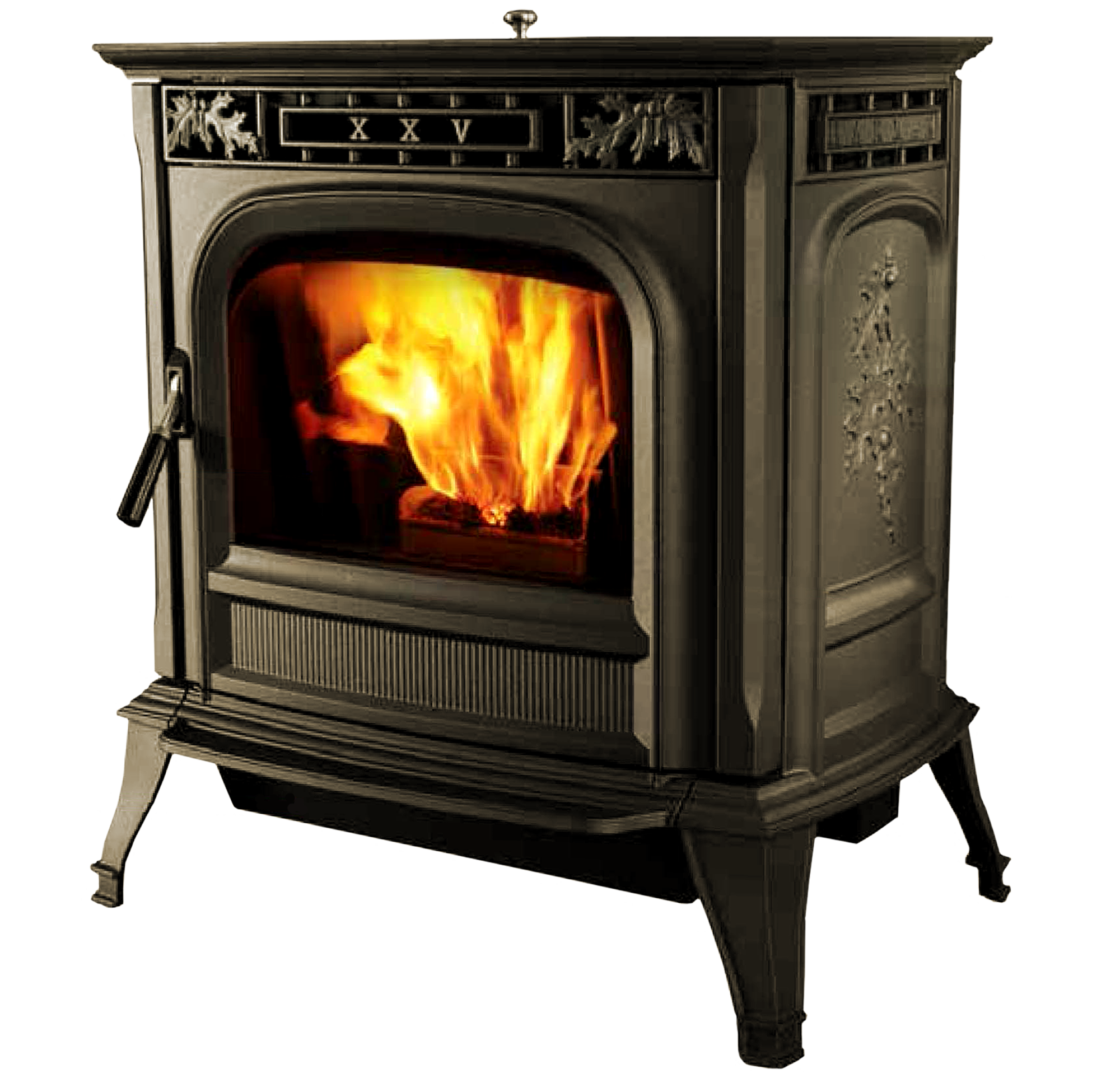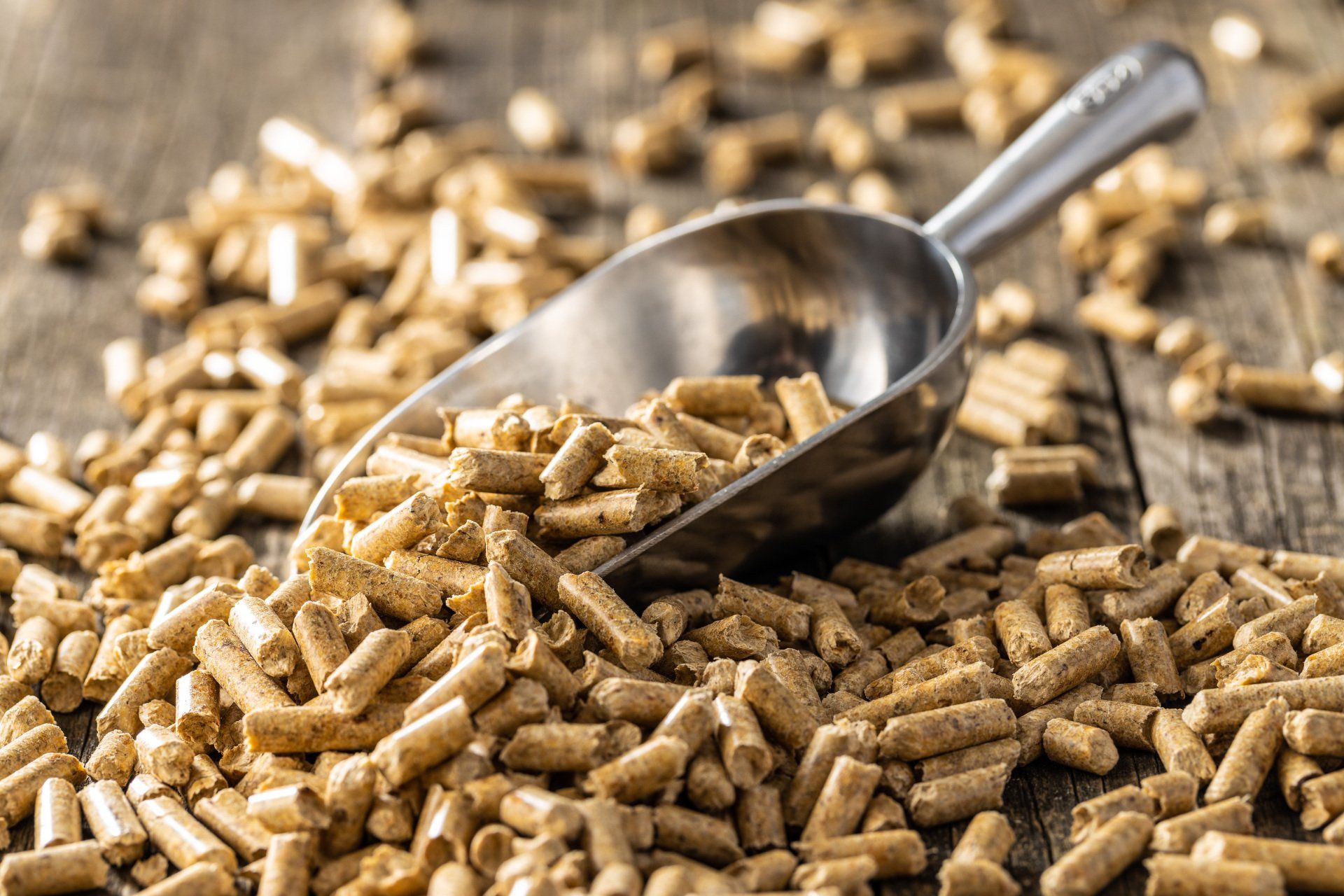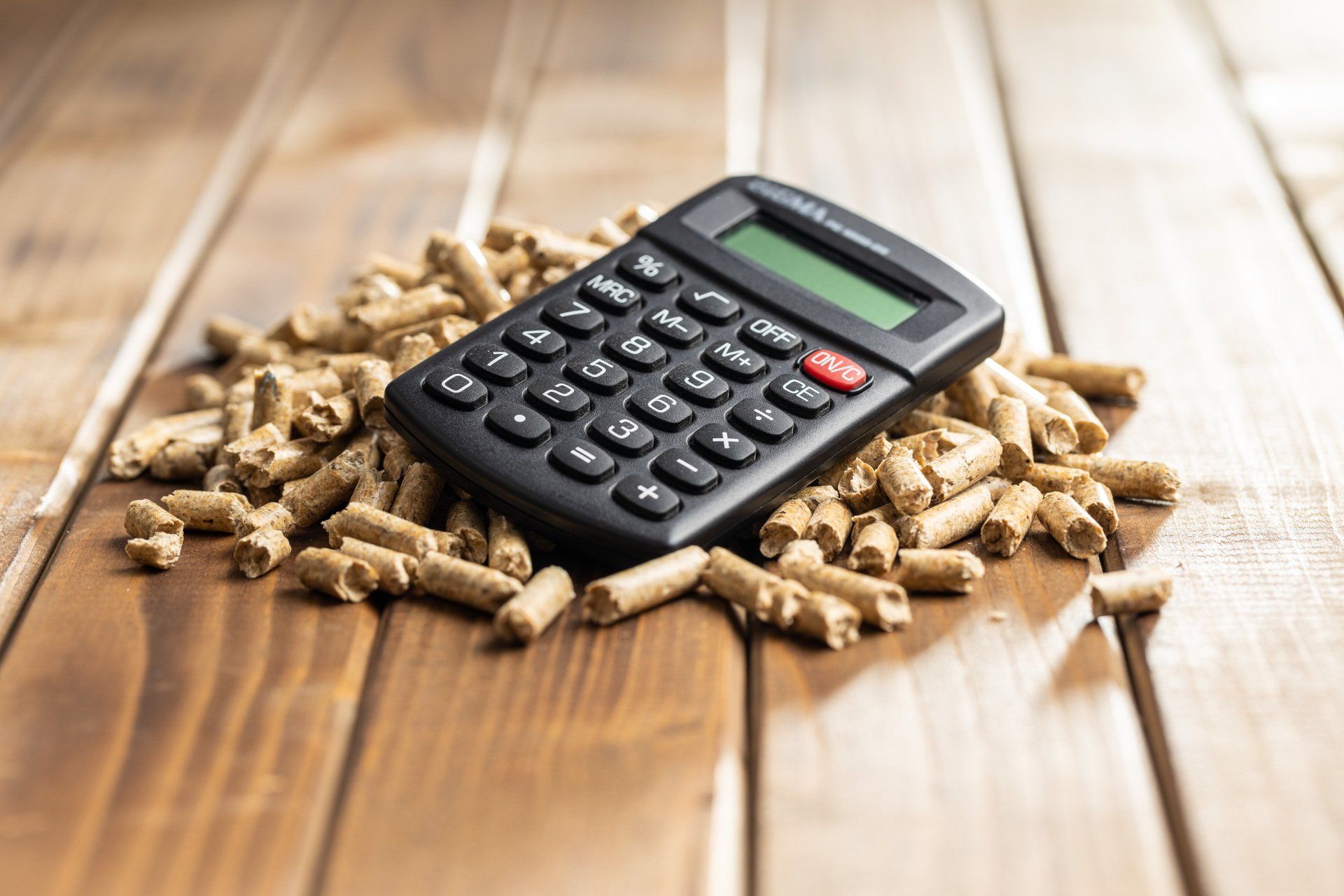How Are Wood Pellets Made?
How Are Wood Pellets Made?
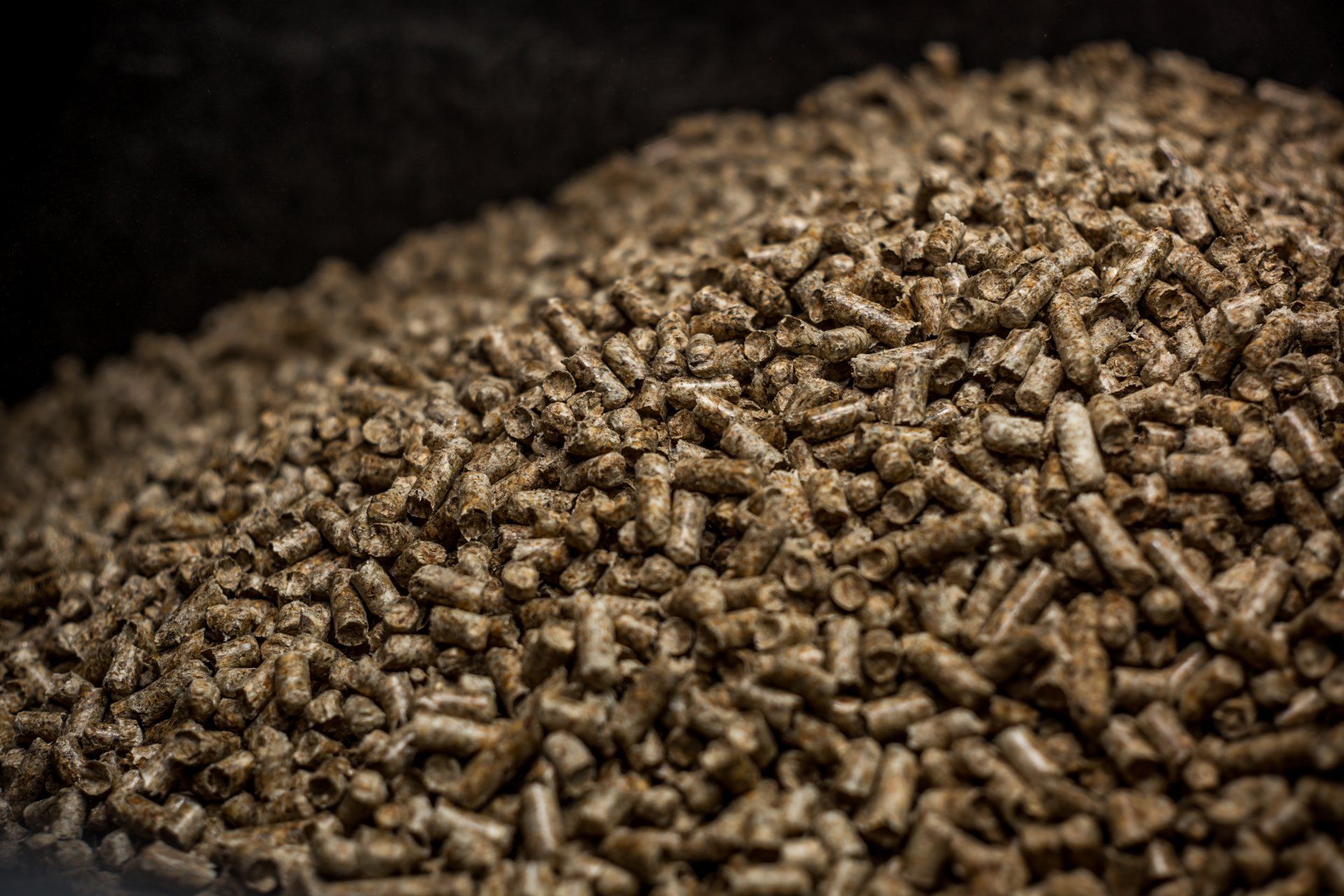
As more homeowners adopt green living, pellet stoves are more widely used than ever. Pellet stoves use renewable biomass pellet fuel instead of fossil fuels, utilizing organic waste that may otherwise end up in a landfill. These elements make pellet stoves an environmentally friendly option for household heating.
If you're curious about the process of making pellets, allow us to explain. Every day, truckloads of raw materials in various forms are delivered to pellet mills. Sawdust, wood chips, trash from the lumber mills, and even whole trees unsuitable for timber could make up a portion of the raw material. The raw materials could be partially dried or even kiln dried. They could even be green or freshly cut. The final product has uniform moisture content, heat value, ash content, and burn characteristics because all of the raw materials were processed in the same manner. To ensure that pellet appliances burn and heat consistently, it is crucial that all pellet manufacturers make their product to the same quality. Some of the procedures are as follows:
Organic Components
Pellets are created from a range of biomass, or organic resources, including wood chips, bark, sawdust, brush, and other leftovers from the production of wood products and the milling of timber. Poplar trees and other softwoods that are not good for building purposes can be planted expressly for pellet production. However, it is more typical for pellet producers to use waste wood or leftovers from other industrial operations to create their pellets. Pellets can also be made from straw, corn stalks, and other waste products from agriculture.
Hammer Mills and Chippers
Large chunks of wood are processed in the first stages of some pellet manufacturers' processes using chippers. Only those mills that accept this uneven feed material need them. Depending on the source of their raw materials, pellet manufacturing factories can be set up in a variety of ways. While they don't all have chippers, practically all of them start their milling process with a hammer mill. These devices reduce sawdust and wood chips to a regular smaller size, allowing for quick and reliable drying and pressing through the pellet dye.
Dried and Compressed
Using a hammer mill, the biomass material is reduced to a homogeneous size, shape, and density before being crushed through molds. The increases the warmth of the byproduct of wood, giving it a naturally mushy texture. The pellets stiffen as they cool and their moisture content drops to 4–8%. Your pellet stove may produce consistent, long-burning heat with nothing in the way of particle emissions thanks to the low moisture content. The pellets' handy shape makes it simple to load them into your stove's hopper for hours of environmentally friendly heat.
A pellet mill must dry the sawdust to a constant moisture level if it employs freshly cut raw materials, materials that have been exposed to the elements or excessive humidity, or a combination of raw materials that may retain moisture. Using sawdust burners, natural gas, propane, or other fuels, large dryer drums can be heated to drive off additional moisture.
The sawdust is put through dies at a high pressure after drying. The inherent lignins in the wood that hold the sawdust together are released as a result of the heating process. The pellet's diameter, durability, and length are also determined by the mill, along with its density. For reliable pellet appliance operation, each of these qualities is crucial.
Storage and Cooling
Soft and between 200 and 250 degrees, the pellets exit the mill. The temperature is lowered and the pellets are hardened using a cooling tower. They are often kept in a sizable storage facility after chilling in preparation for bagging or bulk distribution.
Bags or In Bulk
The pellets are placed in 40-pound plastic bags and stacked on pallets or skids as the primary means of distribution in the US. Depending on the distribution route, these skids might hold anywhere between one and one and a half tons of petroleum. Adding plastic bags, pallets, outer cover bags, shrink wrap, and the manpower and tools needed to stack and wrap pellets adds between $25 and $30 per ton. After that, these skids are transported and distributed across the nation for customer pick-up at retail locations or home delivery.
Bulk pellets are put straight into trucks for transportation to bulk storage containers from the silo of the pellet plant. The bulk vehicles are more expensive than standard flatbed trucks, but the system of processing, transferring, and delivery is significantly more effective. There aren't many household bulk handling systems in use in the US right now. Hearth dealers, the majority of big box home improvement stores, and certain hardware stores all sell pellets for residential usage, usually in 40-pound sacks.
FIND US
CONTACT US
Address: 2280 Memorial Drive,
St. Johnsbury, VT 05819
Mailing Address: P.O. Box 4031, St Johnsbury, VT 05819
Email: info@pelletsnow.com
Phone: 802.748.0827
Toll Free: 800.564.9928
Fax: 802.748.0825
